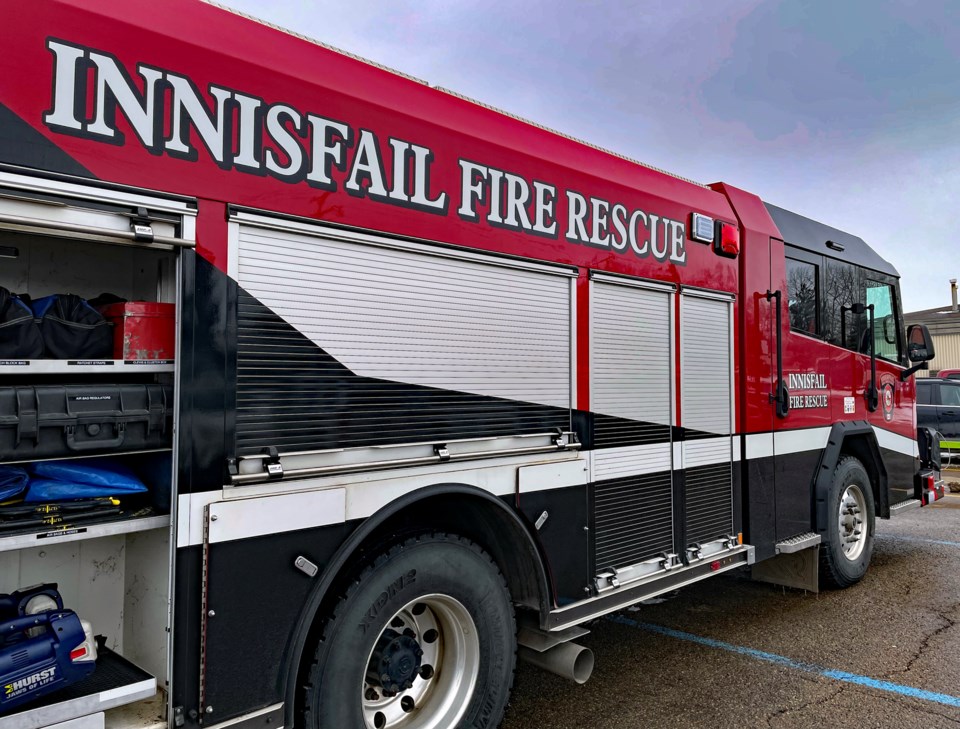INNISFAIL - Provincial health minister Adriana LaGrange has announced millions of new dollars for Alberta’s medical first responders and Innisfail will at least get a small slice out of that funding pie.
“We would expect to get some level of funding from that announcement,” said Gary Leith, the town’s fire chief for the Innisfail Fire Department. “It will be based upon the number of calls that we attend within Innisfail and the surrounding area.
“Obviously, funding is always an issue,” added Leith. “We've seen an increase in demand on medical first response, and that that obviously affected our operating costs for the town.
“So. certainly any level of funding support is much appreciated and needed.”
Medical first responders (MFR) provide care to patients or assist EMS crews as needed. The majority of them that have partnered with Alberta Health Services are fire departments, and many of the responders are volunteers.
Leith said in 2023 his fire department attended 80 medical first response calls in Innisfail and the surrounding area.
Last November Leith told town council that his department was increasing its level of care.
He said there are now five members of his 26-member team that are now certified with primary and/or advanced care qualifications.
The Innisfail Fire Department has only two full-time staff members; Leith and assistant chief Mike Thomson, with the remaining members defined as volunteer paid on-call Innisfail firefighters.
On Feb. 21 LaGrange announced two funding streams totalling $3.8 million for Medical First Response (MFR) agencies throughout the province.
The money will be distributed through the MFR Program to participating fire departments, urban, remote and rural municipalities and Indigenous communities.
One of the new funding streams, which will include medium and large-sized agencies, is $1.5 million for essential equipment, such as modern automated external defibrillators, trauma bags, CPR mannequins, instructor development and frontline response training courses.
Leith said he’s expecting to receive “some” level of provincial funding for equipment.
The second funding stream that was announced was $2.5 million to help fire departments and other agencies cover medical emergency response costs. These costs include fuel and equipment.
“Hopefully, it will add into our operating budget and cover some of those personnel, staff costs, and those associated costs with carrying out our role,” said Leith.
Leith told the Albertan he will know by the first week of March how much his department will receive under both new funding streams.
He noted his fire department has received MFR grant funding in the past but it was “relatively small” and capped at around $2,500.
“I think it’s a step in the right direction, for sure,” said Leith of the Feb. 21 funding announcement. “We’re obviously committed to having a safe community. We understand at times there can't always be an ambulance in our community, and we fill that gap.
“We can provide a level of care to be first on scene and provide those lifesaving interventions if an ambulance is delayed.”
With files from Brett McKay, Local Journalism Initiative Reporter, at St. Albert Gazette.



